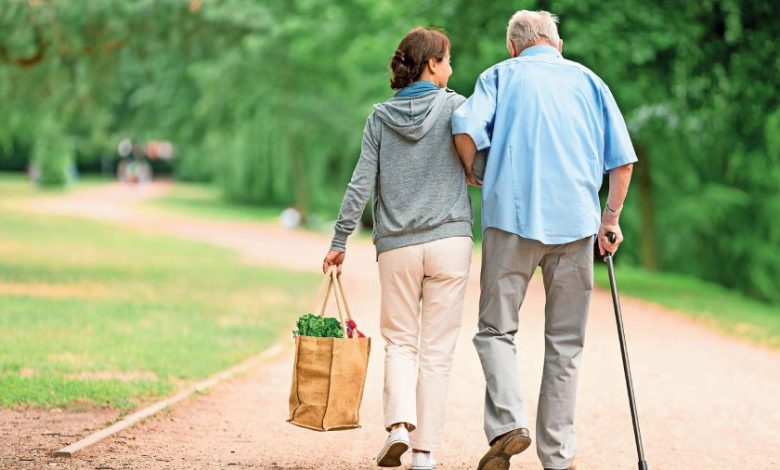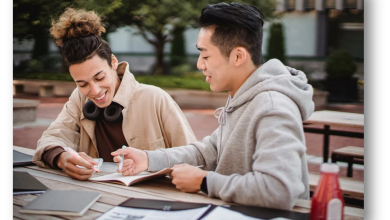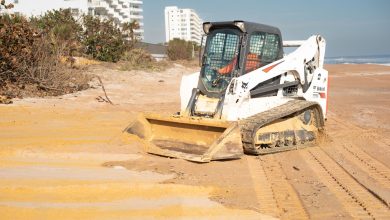Helping an Elderly Loved One Get Back on Their Feet After a Major Fall (Without Overwhelming Them)

If someone you love—your mom, dad, maybe even your favorite aunt—has had a serious fall recently, first of all, I’m sorry. That’s scary. Whether they slipped on a rug or missed a step, seeing someone you care about hurt and shaken is tough. And getting them back to feeling safe, steady, and confident again? It’s a journey, not a one-day fix.
But it is doable. With some patience, a little planning, and a good dose of encouragement, you can help them regain their footing—literally and emotionally.
Don’t Just Focus on the Bruises
Sure, you’re probably worried about broken bones or stitches. Totally valid. But honestly? The emotional aftermath is just as real. Many seniors start avoiding activity after a fall, afraid it’ll happen again. That fear alone can spiral into weakness, loneliness, and more falls. So while it’s great to talk about physical healing, don’t skip over the mental side. A simple “You’ve got this” or “Let’s take it one step at a time” can go a long way.
Give Them Some Control Back
After a fall, a lot of decisions get made for them. What to eat. Where to sit. When to rest. It’s usually done out of love, but it can feel… stifling. So wherever you can, ask instead of tell. Little things like, “Would you rather walk in the hallway or sit by the window today?” It helps them feel like they still have a say in their own life.
Bring in the Right Help (And Know When You’re Not It)
This one’s huge. If your loved one needs physical therapy, don’t wait to get it set up. The earlier the better. Trained therapists can teach proper balance moves and muscle-strengthening routines that actually reduce fall risk. If they need a walker or cane, make sure it fits right. Those one-size-fits-all versions from the drugstore? Not always the best bet.
And if the home they’re in just isn’t cutting it anymore—too many stairs, too little support—it might be time to talk options. Not as a threat, but as a next step. Some modern senior living apartments are honestly pretty amazing. Safe, social, and designed to help older adults keep moving instead of winding down.
Make the Home Safer Without Making It Feel Like a Hospital
You don’t have to turn the place into a padded room, but a few smart updates can prevent another fall. Add grab bars in the bathroom. Swap slippery rugs for ones that stay put. Brighten up dim corners with easy-to-use lights. A fall is a wake-up call, not just a one-time accident.
Keep Showing Up
This one’s simple. Just be there. Healing after a fall isn’t only about physical therapy appointments and better footwear. It’s about not feeling forgotten or treated like fragile glass. Pop in for coffee, take a slow walk together, or just call and ask how their day went. They might not say it out loud, but that stuff matters more than you think.
A fall can shake up your world. But with the right kind of help—the kind that balances safety with respect—your loved one can get back up, keep moving, and feel like themselves again.





